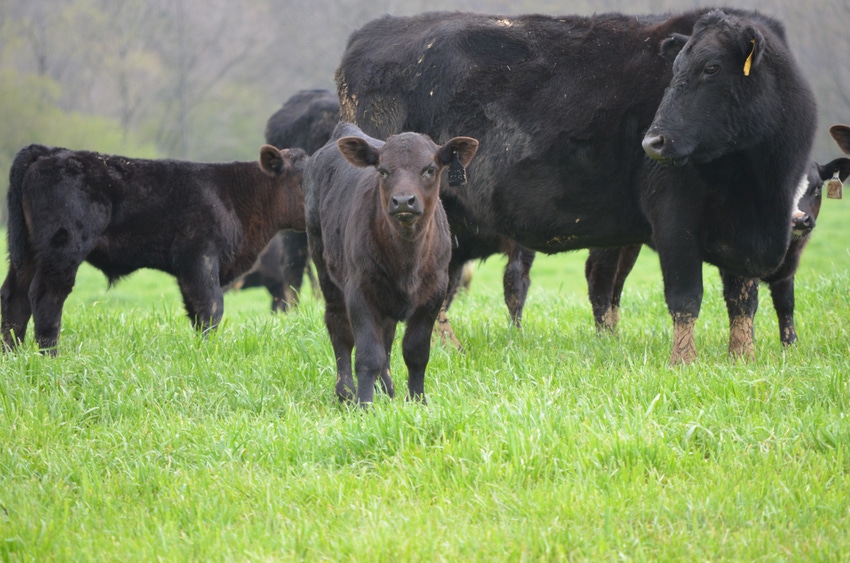Fight temptation this spring; your pastures will reward you
If you decide your situation warrants weed control, the program you implement can impact the entire grazing season.
January 16, 2015

Sponsored Content
Unprecedented calf prices and the lush, green grass of spring — there may be no greater threat to drought recovery. But remember: Drought recovery takes time. Even if you’re a couple of years down that path, you’ll be best-served long term fighting this spring’s temptation with all your might.
“It’s hard to hold off on grazing as pastures turn lush again, especially with the profitable opportunities growing out there this year,” says Pat Burch, field scientist for Dow AgroSciences. “But recovery takes time — and moisture.”
Fortunately, the moisture has returned to most drought-devastated areas. But the recovery continues. Delay turnout as long as possible and then go easy on stocking rates, Burch advises. Even more important, scout pastures early and often.
“Depending on whether you’re one or two grazing seasons into recovery — and how you’ve managed through that time — there still can be a lot of bare ground waiting to be filled by weeds,” Burch says. Control the weeds and you’ll grow grass. Properly manage that grass and you’ll help speed up the recovery process.
“The easier-to-control weeds will come in early, but as the season progresses — and if moisture continues — more perennial and hard-to-control weeds will follow,” Burch says.
If you decide your situation warrants weed control, the program you implement can impact the entire grazing season. And that’s especially important in these times when every pound gained is worth so much.
“The first weeds to emerge each spring usually are annuals or biennial thistle rosettes,” Burch says. “If your pastures are in good shape, and you typically don’t expect a lot of additional weed pressure, you can control that first flush and then manage grazing to help keep grass competition ahead of weeds.”
Unfortunately, with such a large percentage of grazing acres in early or midrecovery, other factors come into play. That’s when it makes sense to choose a product, such as GrazonNext® HL, ForeFront® HL or Chaparral™ herbicide, and an application rate that provides a level of extended residual control.
“If a given pasture has a history of later-emerging weeds, like pigweed, broomweed or Canada thistle, then you may want to wait a little longer to treat or make sure you apply a rate at the higher end of the labeled rate range to help ensure the maximum residual benefit,” Burch recommends.
It’s important to consider the weed species present, too.
“GrazonNext HL, ForeFront HL and Chaparral herbicides are broad-spectrum products,” Burch explains. “But the target weed determines product selection and the timing of application.” Work with your local ag chem dealer or custom applicator to develop a weed control program suited to your specific rangeland or pastures. Or visit RangeAndPasture.com to learn more or to connect with your local Dow AgroSciences Range & Pasture Specialist.
Label precautions apply to forage treated with Chaparral, ForeFront HL or GrazonNext HL and to manure from animals that have consumed treated forage within the last three days. Consult the label for full details.
®™Trademark of The Dow Chemical Company (“Dow”) or an affiliated company of Dow. Chaparral, ForeFront HL and GrazonNext HL are not registered for sale or use in all states. Contact your state pesticide regulatory agency to determine if a product is registered for sale or use in your state. Always read and follow label directions. ©2015 Dow AgroSciences LLC
You might also like:
Spraying Weeds Fast-Forwards Pasture Improvement
6 Tips For Cost-Effective Weed Control
Winter Treatment To Help You Get A Jump On Spring Brush Control
Quick Steps To Help Pastures Recover From Drought
Which Thistle Do You Spray For Best Return On Investment?
About the Author(s)
You May Also Like


.png?width=300&auto=webp&quality=80&disable=upscale)
